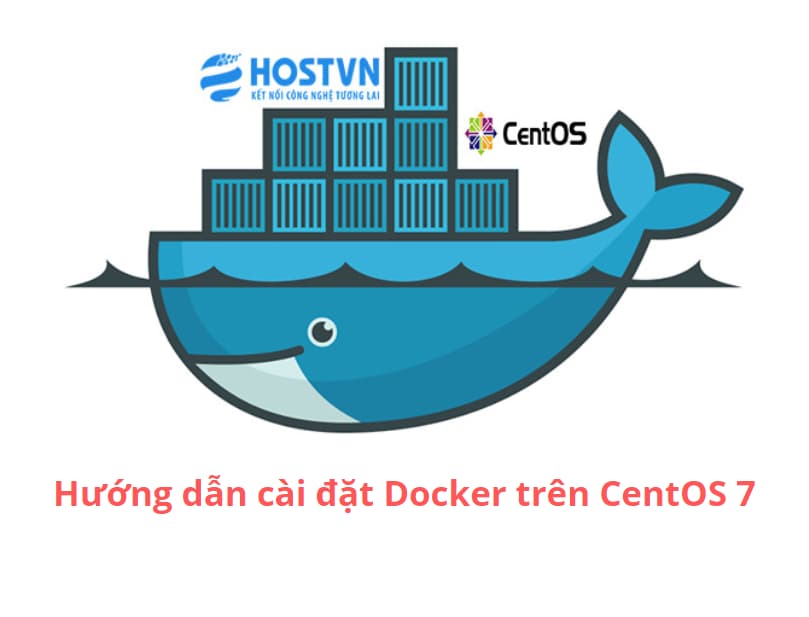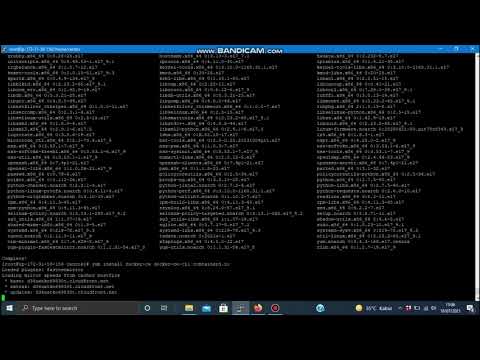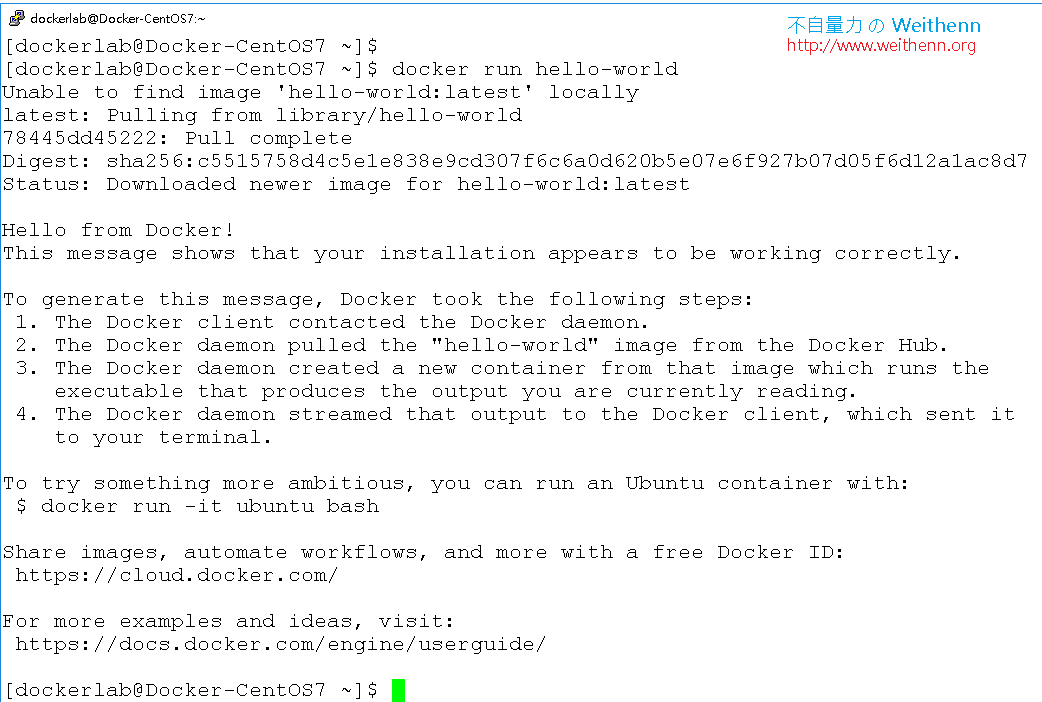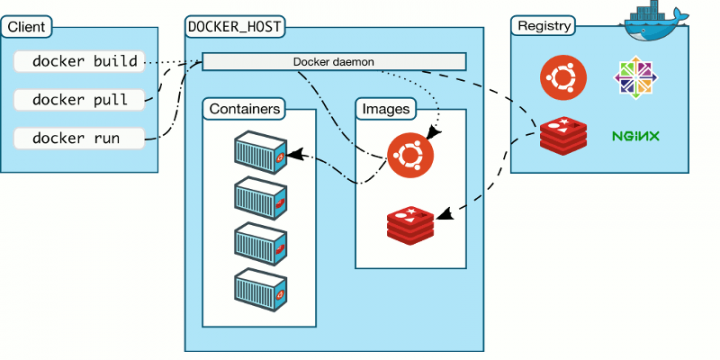


The Docker daemon streamed that output to the Docker client, which sent it to your terminal. The Docker daemon created a new container from that image which runs the executable that produces the output you are currently reading.Ĥ. The Docker daemon pulled the "hello-world" image from the Docker Hub.ģ. The Docker client contacted the Docker daemon.Ģ. To generate this message, Docker took the following steps:ġ. This message shows that your installation appears to be working correctly. Status: Downloaded newer image for hello-world:latest You will get the following output: Unable to find image 'hello-world:latest' locallyĭigest: sha256:4f32210e234b4ad5cac92efacc0a3d602b02476c754f13d517e1ada048e5a8ba To be sure the installation was successfull we can start the all time classic "hello-world" image: $ sudo docker run hello-world $ sudo systemctl start rvice Step 5: deploying your first Docker image, "Hello World!" The Docker engine is now installed on the Kinamo cloud server, but let's make sure it is activated and started! $ sudo systemctl enable rvice Is this ok : Step 4: starting and activating the Docker service Choose "y" to confirm the installation of docker-engine. Your Docker enabled cloud server is almost ready! After adding the Docker repository we can install docker-engine with the following command: $ sudo yum install docker-engine Step 3: installation of the Docker engine Save the file! Basically you have added a dockerrepo that points to the official centos docker install files. In this file, copy the following content: With your favorite text editor, create the "docker.repo" file in the "/etc/" map. Since Docker - in terms of technology that is - is relativly new, we suggest to always work with the up to date repository. This allows us to install the latest stable version of the Docker engine.


Step 2: adding the Docker repositoryĪs soon as the update is finished, we will add the Docker repository. As soon as it is ready it will ask to apply the updates: Is this ok :Ĭhoose "y" to continue. The package manager will refresh the package list and see where an upgrade is available. To ensure we have all recent packages - Docker likes to be on an up to date system - we start with a full system upgrade: $ sudo yum update Kinamo cloud hosting customers using a cloud server and wish to deploy Docker, preferably use "sudo". If you are logged on as root, ommit the "sudo" at the commands below. We assume you are using a user that can obtain administrative privileges by using "sudo". On this machine we will install Docker engine, allowing you to run a docker image (contaner) within docker engine. The cloud server we will use for this article is an empty, base CentOS 7 cloud server, as you can order at Kinamo. This article explains you how to get started with Docker engine on CentOS 7.


 0 kommentar(er)
0 kommentar(er)
